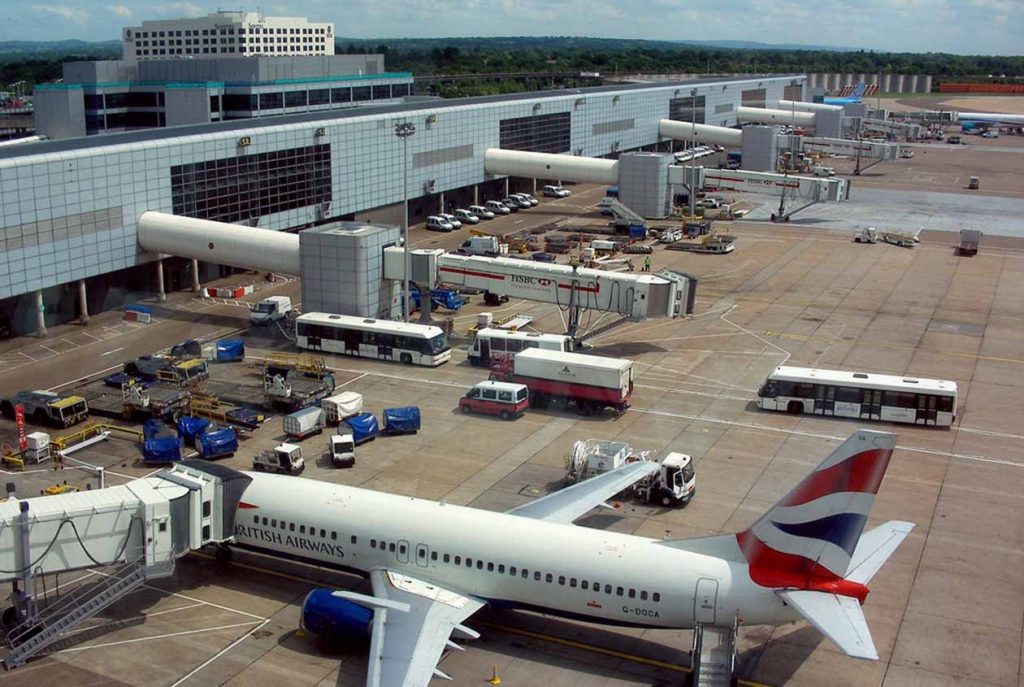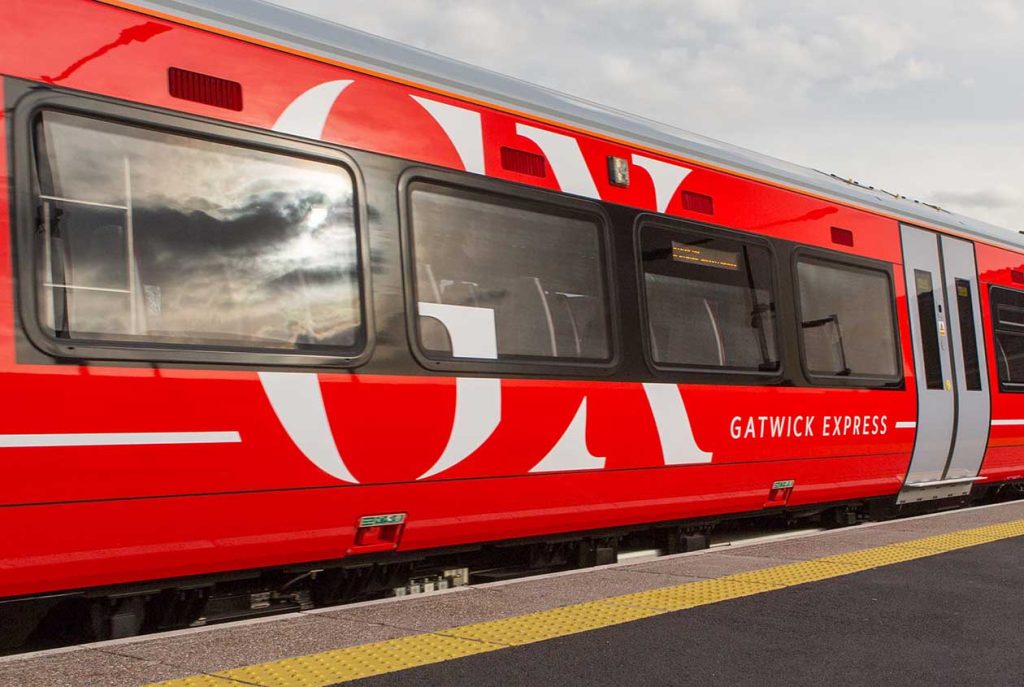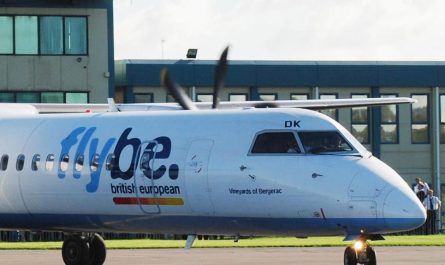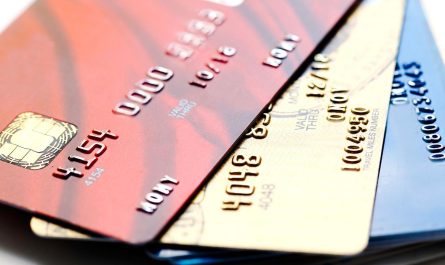I still remember the moment I decided to plan my trip to London. The city had always fascinated me with its mix of history, modernity, and endless cultural attractions. But like any traveler on a budget, the first question that popped into my mind was: how can I get there without draining my wallet? Over the years, I’ve learned a few tricks that consistently help me book flights to London at the best possible price, and this time, I decided to approach it like a mission. Here’s my detailed account of the process, with practical tips and insider insights that could save anyone a lot of money.
Starting the Search: Flexibility is Key
The very first rule I’ve learned is that flexibility pays off. When searching for flights, I rarely lock myself into specific dates. Instead, I start with a broad window, checking a few weeks before and after my ideal travel dates. Even a small shift in departure or return can sometimes save hundreds of dollars.
For this trip, I began my search almost three months in advance. I wanted to leave enough room to monitor price fluctuations. I’ve found that early planning is essential when flying internationally, especially to a popular destination like London. Ticket prices tend to rise as the departure date approaches, and last-minute bookings often lead to shockingly high fares.
Comparing Airlines and Routes
Once I had a tentative window, I started exploring different airlines. London has several major airports: Heathrow, Gatwick, Stansted, and Luton. Each has different pricing patterns depending on the airline and the type of traveler they cater to. Heathrow is the most convenient if you plan to stay in Central London, but it’s also generally more expensive. Gatwick often offers cheaper options, especially with certain budget carriers.
To get a comprehensive picture, I used multiple flight comparison websites. Tools like Skyscanner, Kayak, and Google Flights are invaluable because they allow you to compare hundreds of airlines at once and see trends over weeks. I also set up price alerts. This way, I received notifications whenever fares dropped, which helped me avoid paying more than necessary.
An important discovery I made was about connecting flights. Non-stop flights are undeniably convenient, but sometimes adding a layover can cut the price dramatically. For example, I noticed that a flight from my city to London with a stop in Dublin was significantly cheaper than a direct flight. While I prefer non-stop flights for comfort, I realized that a slightly longer journey could translate into meaningful savings, especially on international trips.

Timing is Everything
A few days into my search, I realized that not only the dates but also the day of the week can affect the price. Historically, midweek departures tend to be cheaper than weekend flights. This is because airlines know that leisure travelers often prefer weekend departures, so those seats are in higher demand. I was lucky enough to find a flight that departed on a Tuesday and returned on a Wednesday, which offered a remarkable price drop compared to the surrounding days.
Additionally, I kept an eye on airline promotions. Most carriers run periodic sales, often around holiday periods or special events. Signing up for newsletters from airlines and flight deal websites was a game-changer. Occasionally, these promotions are exclusive to subscribers, meaning you could snag a deal before it even appears on flight comparison engines.
The Role of Loyalty Programs and Travel Credit Cards
Over the years, I’ve become a big fan of loyalty programs and travel credit cards. For this trip, I leveraged points from my frequent flyer program, which brought down the cost of my ticket significantly. Many airlines allow you to redeem miles partially or fully for tickets, and sometimes the difference in price between cash and miles is astonishing.
Travel credit cards also played a role. Some cards offer travel rewards that can be redeemed for flights, while others provide extra benefits like priority boarding or free checked baggage. For this London trip, I used a card that gave me double points on airfare purchases, and I redeemed these points for hotel stays in London as well. The combination of miles and credit card rewards ended up saving me a few hundred dollars overall.
Booking at the Right Time
One of the most discussed topics among frequent travelers is the “best time to book” a flight. While there’s no one-size-fits-all answer, there are patterns worth noting. International flights generally tend to be cheaper when booked 2–4 months in advance. Booking too early can sometimes be as costly as booking too late because airlines adjust fares based on anticipated demand.
I monitored prices daily and used historical data tools available on some flight comparison sites. These tools often indicate whether a ticket price is high, low, or typical for a given route. By analyzing this, I was able to make a data-driven decision about when to finally hit the “book” button.
Hidden Fees and Extra Costs
Another critical lesson I’ve learned is that the cheapest flight isn’t always the most economical once you factor in extra fees. Budget airlines often advertise incredibly low fares, but by the time you add checked luggage, seat selection, and even a meal, the total can exceed that of a standard carrier. For this trip, I carefully compared the final price, including all extras. Sometimes paying a slightly higher base fare for an airline that includes luggage and meals ends up being more cost-effective.
I also made sure to check airport transfers. A flight to a slightly cheaper airport may seem like a bargain, but if the train or bus to the city center costs a fortune, it might not be worth it. For London, I compared Heathrow Express, Gatwick Express, and local train options before finalizing my booking.
Booking Tools and Strategies
Here’s a breakdown of the specific tools and strategies I used:
- Price Alerts: I set alerts on Skyscanner and Google Flights for my preferred route. Alerts helped me react quickly when prices dropped.
- Flexible Date Search: Using the “flexible dates” option, I could see a full month view of prices, which made spotting deals much easier.
- Incognito Browsing: Some travelers swear that browsing in incognito prevents airlines from raising prices based on repeated searches. I followed this tip to avoid sudden price jumps.
- Multiple Airports: I compared flights to all major London airports and also considered nearby European hubs with cheap onward flights.
- Payment Options: Occasionally, booking directly through the airline’s website offered slightly better pricing or additional perks like free seat selection.
- Combining Airlines: I explored booking outbound and return flights with different carriers. This sometimes offered a cheaper overall fare than a round-trip with a single airline.

Booking and Confirmation
After weeks of monitoring, I finally found the perfect deal. The fare was significantly lower than the average I had seen, and it included all the extras I wanted. The booking process was straightforward, but I double-checked the terms: baggage allowance, cancellation policy, and change fees. It’s always wise to understand what you’re agreeing to before confirming payment.
Once I received my e-ticket, I started preparing for the journey itself. Even though the focus of this article is on getting a cheap flight, preparation after booking is equally important. I made sure my passport was valid, checked visa requirements, and researched airline-specific rules, especially regarding carry-on luggage.
Personal Tips for Stress-Free Travel
While securing the best price was my primary goal, I also wanted a smooth travel experience. Here are a few personal tips I can offer:
- Check Airline Reviews: Price is important, but comfort and reliability matter too. I read reviews on sites like TripAdvisor to see what past passengers experienced.
- Travel Insurance: Unexpected things can happen, from flight delays to lost luggage. I purchased travel insurance to cover these risks. It’s a small cost compared to the peace of mind it provides.
- Pack Smart: For budget airlines, knowing what counts as carry-on luggage and what you need to pay extra for is crucial. I packed efficiently to avoid additional fees.
- Stay Updated: I subscribed to airline notifications and regularly checked my email for any flight changes or updates.
Reflections on the Booking Journey
Booking a flight to London turned out to be more than just finding the lowest fare—it was a journey in itself. The process required patience, research, and flexibility, but the rewards were worth it. Not only did I secure a ticket at a fraction of the price I initially feared, but I also gained a deeper understanding of how flight pricing works, which will help in future travels.
This experience reinforced a valuable lesson: planning and knowledge are powerful tools for any traveler. While spontaneous trips have their charm, investing time in researching flights, understanding pricing trends, and leveraging rewards can transform a potentially expensive journey into an affordable adventure.
For anyone planning a trip to London, my advice is clear: don’t rush the booking process. Take advantage of tools like price alerts, flexible date searches, and airline loyalty programs. Compare routes, consider alternative airports, and always factor in hidden costs. With the right strategy, flying to London doesn’t have to break the bank. In fact, it can be a fun part of the adventure, turning the search for the perfect ticket into an engaging prelude to your journey.
When I finally boarded the plane, ticket in hand, I felt a sense of accomplishment. I had navigated the complex web of pricing, promotions, and logistics, and I was ready to enjoy London to its fullest. The excitement of exploring the city, walking along the Thames, visiting museums, and experiencing the culture was amplified by the knowledge that I had done it smartly, economically, and efficiently.
Flying to London may seem intimidating at first, especially with the myriad of options and fluctuating prices, but with a thoughtful approach, anyone can find a great deal. My journey taught me that patience, research, and flexibility are key. Now, every time I share this experience with fellow travelers, I emphasize the same points: monitor prices, be flexible, understand your options, and don’t ignore rewards programs. With these strategies, your trip to London can start on the right note—before you even set foot on the plane.




